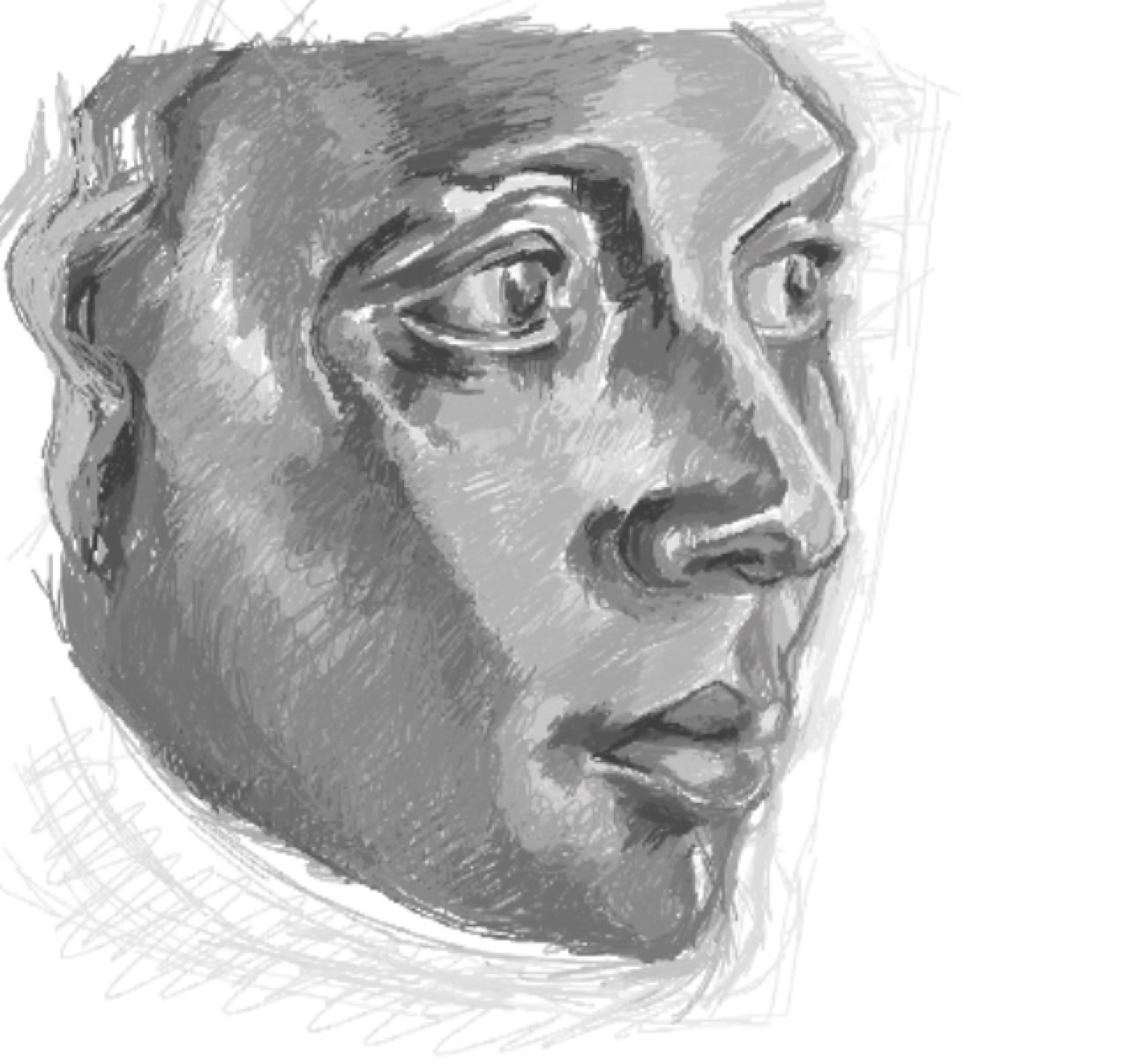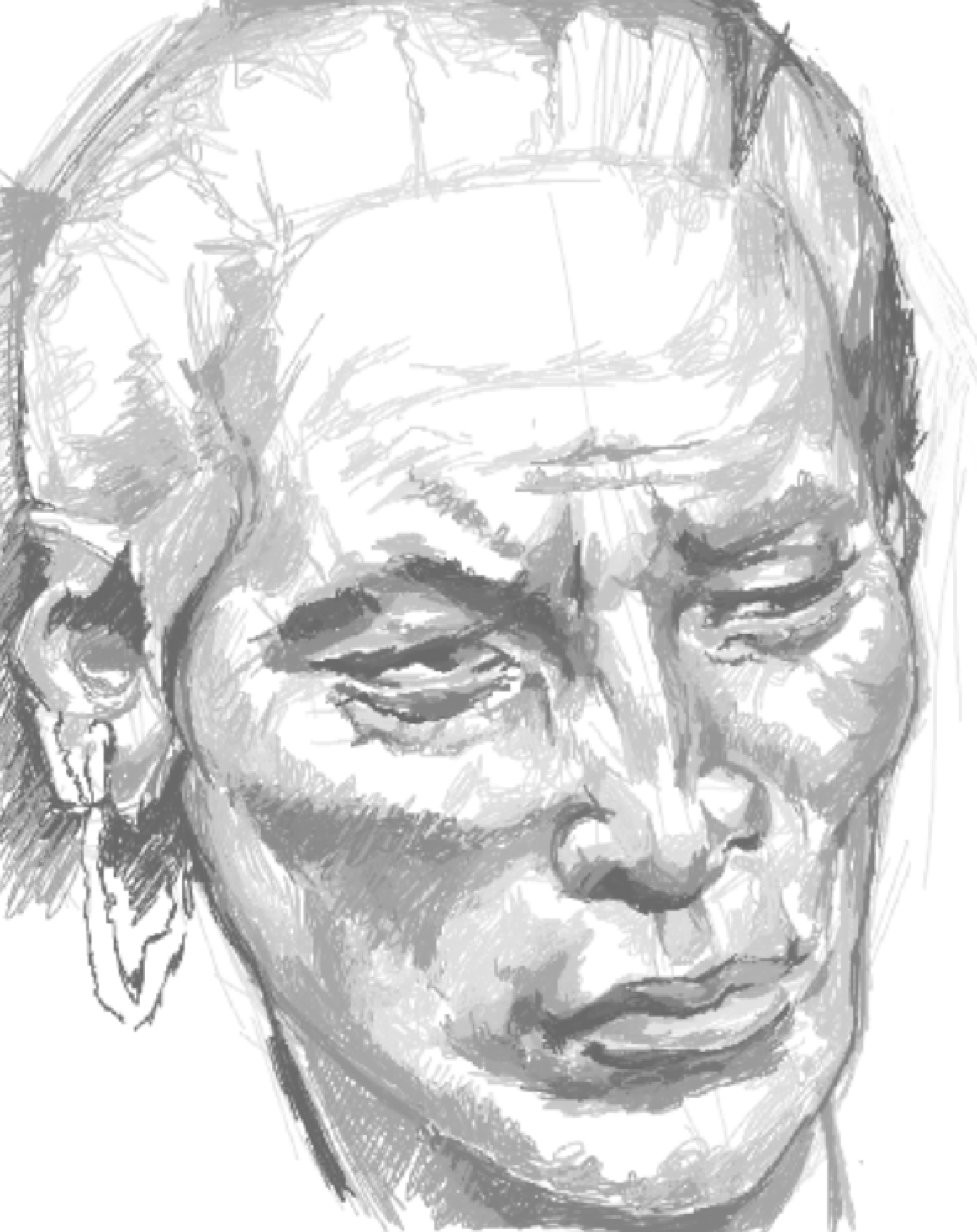Tuesday December 1st
Things that you’re bad at
It’s difficult to do things you’re bad at
- When I was doing a lot more art stuff, I knew that my weaknesses were perspective and proportion. Both things, if you’ve taken training in art, require slowing down.
- In particular, techniques such as sight-size, common at the atelier, require you to step back, measure and draw a line, little bit by little bit. And to correct mistakes, and to try again. It requires a lot of patience because you are constantly comparing for accuracy between the line you made, and the reality of the thing you are drawing from.
- Similarly, when I was growing up, even though I drew a lot, my teacher had more graphics-design training and was good with colour, but our training in perspective was lacking. I discovered this very quickly by the time I took one or two art classes in college (my major was not fine arts, btw).
- I liked “finishing” or adding details, but I needed to step back and work on the construction. The classes I took in LA when I was trying to figure out what I wanted to become taught me a lot about construction lines, and how and why they’re important. Somehow, my earlier training hadn’t taught me much, if anything, about structure and construction lines, the foundation for training. And that was frustrating. It had taught me how to finish, but not to start. It didn’t have substance under the “shiny thing”. It was shallow.
- One of the things my professor would make me do is start and work only on construction, and when I had gotten to the point where it was good enough for finishing, make me stop. It was a way of making me focus on things I wasn’t particularly strong in.
Code
- I think about how this translates to my understanding Computer Science, and in pursuing a PhD. I think we as engineers love to focus (and brag) about things we’re good at, but it takes a certain humility to acknowledge that you suck in a thing, and that there is a long way to go.
- I think about that a lot especially during my life as a PhD student, because you’re essentially doing just that. You’re starting from the ground up to learn a thing, and you’re very bad at it, and you fail over and over again. And you feel like crap. But one day, you become very good at the thing. You focus on a lot of starts. You get better at the starts.
- Every time you want to advance knowledge in a field, or think about how something new can be done, you’re building a bit off of something, but you’re also in many ways beginning, with a dubious ending.
- You spend time thinking deeply about a thing. When I was in Silicon Valley, I realized that something about that, and the process, was so compelling to me; perhaps because it lined up so closely to the values I had learned great artists had. And I realized that I had an aversion to people who liked bragging. In art, it is typically the sign of a bad artist if you aren’t humble, because you’re always learning. You learn from your mistakes, you learn from other artists.
- I really like the writing group I’m in, and my constructed languages class, too, because it’s a very iterative process, too. It’s very humbling to see people who have committed so much time and are great at what they do, but who value feedback, too, regardless of how far along you are. They can focus on starts, too, and like getting to Mars, make small adjustments (they call it trajectory correction maneuvers) that might lead to improvements to your destination.
- Great artists focus on the start, they focus on the things under the shallow, just like great researchers.
Anyways
- Sometimes when I want to focus on structure, I will draw from sculptures. In sculptures, the form of the thing (and its construction) is very emphasized, so it’s good in helping you “see”, whereas drawing from photos (which unfortunately I did a lot of in high school and I used to draw from metal magazines while listening to music, or paint from photographs, so I learned more about colour and shape than construction and perspective) can flatten things so it’s more difficult to see the construction of the object.
- I started with sketching this sculpture and doing the comparison thing. I haven’t done it in a while, but too many people were messaging me because I’m involved in the organization of quite a few things, so I turned off my phone and did some of this for a bit. Time to get back to code and reading (hopefully everyone is asleep now and I can get some work done).


- I also tried a black sculpture but it’s a lot more painting so I stopped (lol)

- Also unfinished
And that’s it.
Written on December 1, 2020
